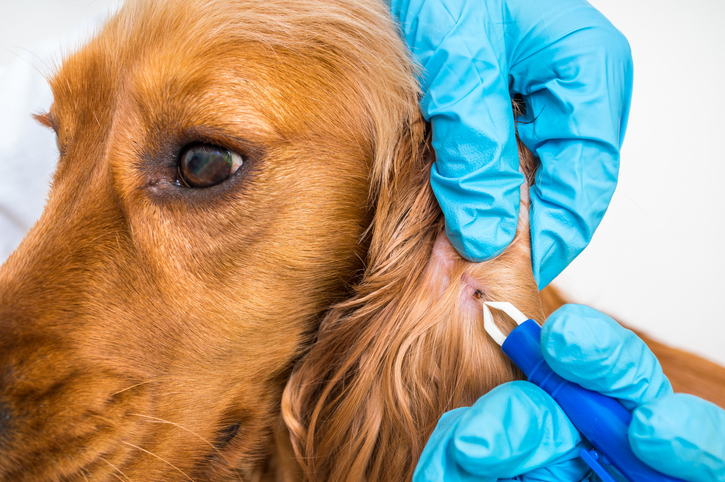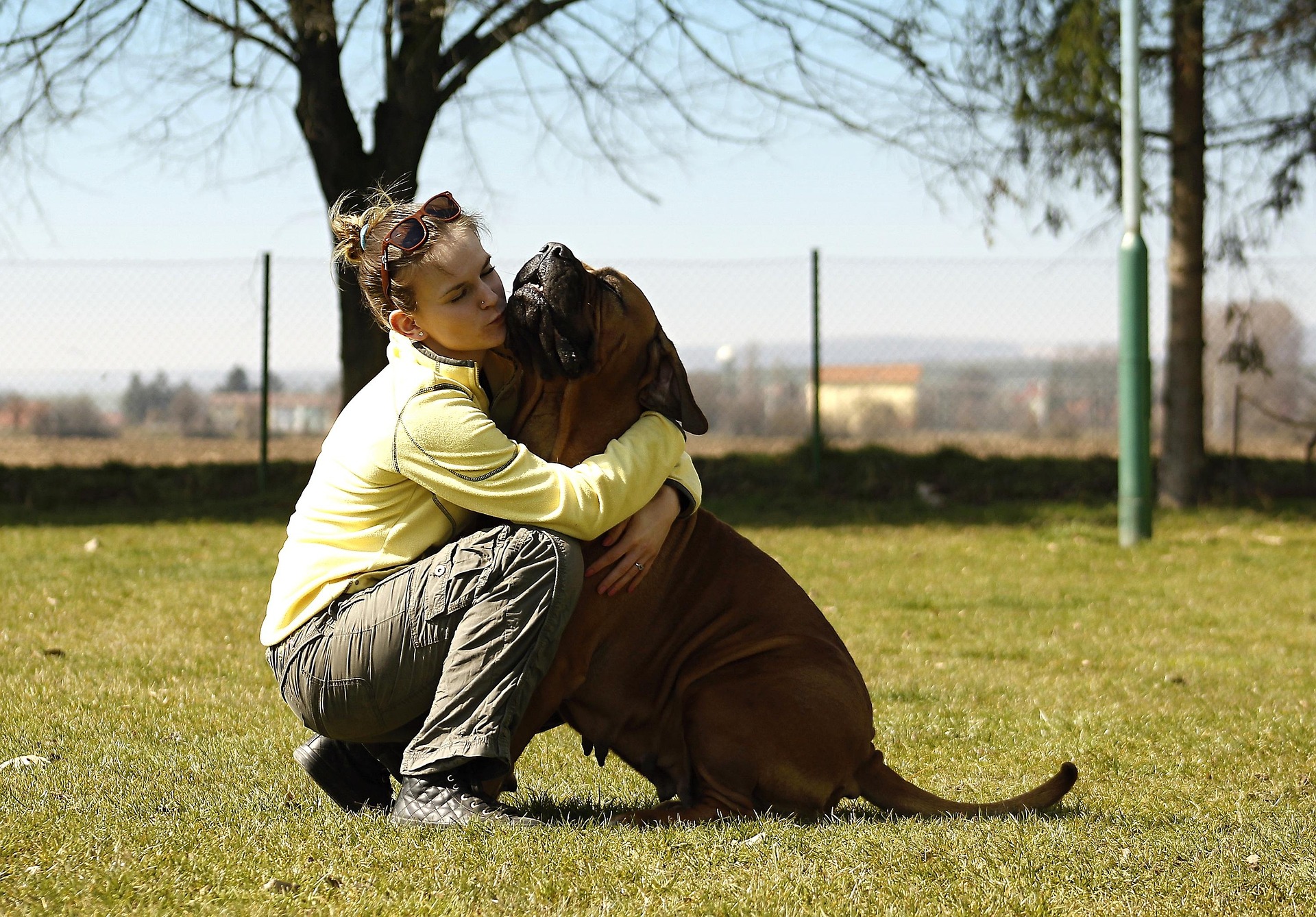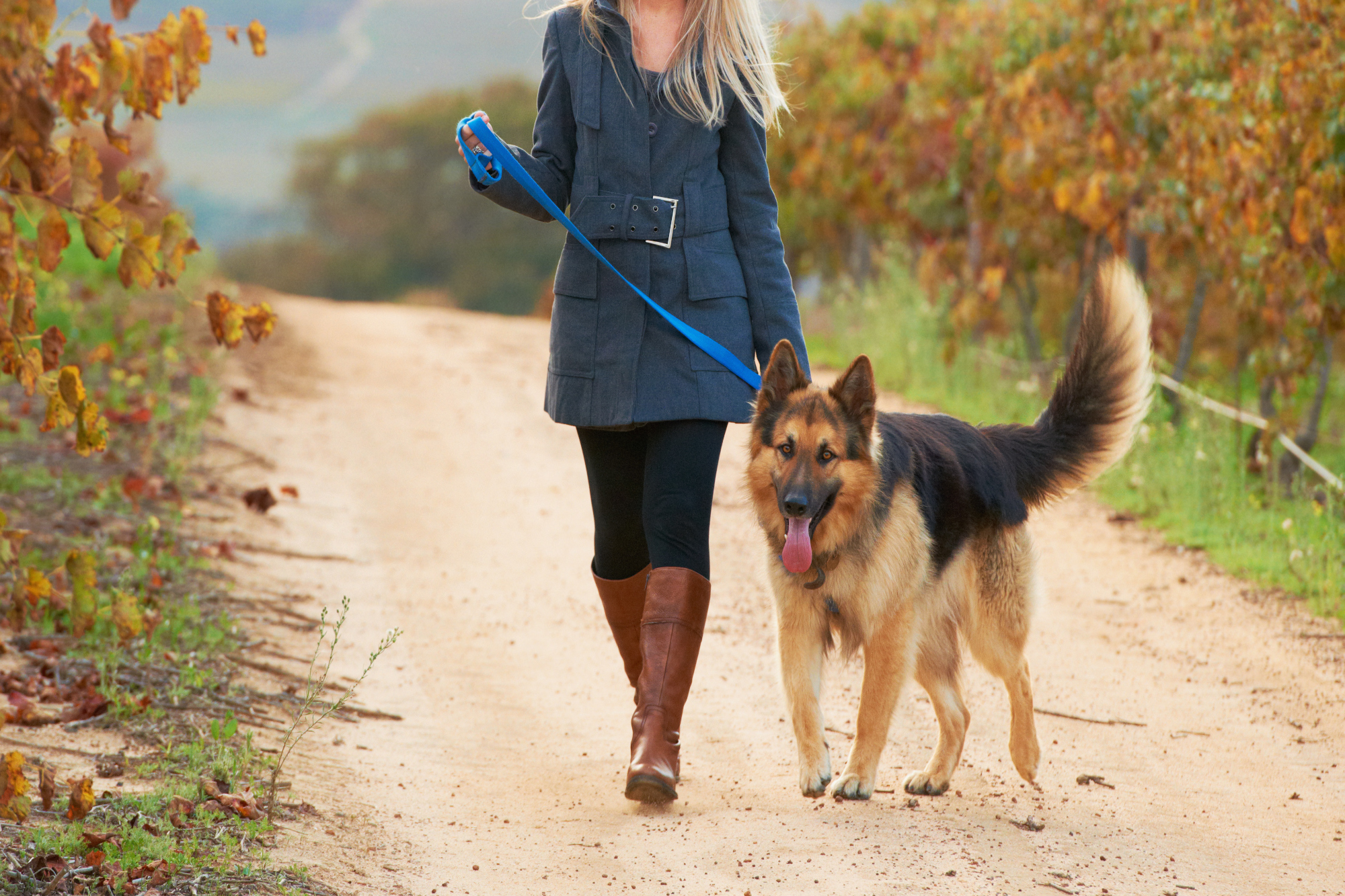Do you have a move coming up? Changing homes is an exciting time, yet it can also be a stressful one for us humans. The feeling of finding the perfect new home, travelling there, and finally setting up your new space just the way you like it is always a rewarding challenge. But there is one extra layer to consider during this big step: the impact that the move might have on your pets.
Whether you’re moving cross-country by plane or simply to a different home near your current neighborhood, it’s vital to prioritize your pet’s needs during this time of upheaval and transition, helping to reduce their stress, keep them safe and happy, and help them adjust to their new home. Below are tips on ensuring a safe journey for your dog or cat as you move homes.
1: Start the Adjustment Phase During Packing
Pets, especially cats, seem to be endlessly fascinated by cardboard boxes, packing foam, tape balls, and everything else that comes along with the moving process. With that said, the sudden appearance of all these items can come as quite a shock to your pet, possibly confusing them or causing unnecessary stress. Animals generally don’t like change, especially if they have experienced a stressful move before.
To counteract this, we suggest you start packing early on, giving your furry friend time to adjust to the hectic clutter of packing and unpacking. The longer you’re able to have boxes around, the less thought your pets will give them, meaning they’re less likely to get into trouble by jumping into boxes, pulling things out, or chewing through the cardboard.
2: Keep Your Routine as Consistent as Possible
This one can be easier said than done—moving is a major disruption to our usual daily routines. However, remember that pets are creatures of habit, and big changes to their usual activities can cause a lot of stress.
Amidst the organized chaos of packing, cleaning, and booking movers, make sure you’re still prioritizing the daily routines that your pet depends on. This means trying to take your dog out for a walk at the usual times, playing and actively interacting with your cat every day, and remaining consistent with feeding times. We also suggest making some extra time to socialize with your pets during this time to help them stay happy and calm.
3: Make Sure Your Pet Stays Entertained on the Journey
Once you’re on the road towards your new home, it’s very important to keep your pet’s needs at the top of your mind. This is especially true for long journeys, such as road trips across the province for inter-city moves.
Make some time to play with your pet, take them out for a walk, or anything else that helps them stay active and entertained. Movement and play are some of the best ways to counteract pet stress during a move, particularly for dogs, who need regular exercise to stay healthy. Read our guide on helping your dog get the exercise they need for more info.
4: Offer a Quiet, Comfy Place for Your Pet
If possible, set up a secluded, quiet, and comfortable spot for your pet to relax in if things get too stressful during the move. On the road, this might just be their crate, complete with a blanket and a favourite toy or two. Once you’re in your new home, you can set up a room for your pet with their bed, food, water, and litter box, giving them the opportunity to take a break when they need it.
5: Plan Pet-Friendly Stays for Long Trips
If you’re driving a long way for your move, it’s essential that your accommodations along the way will allow pets and have the amenities they need. Most hotel and motel booking sites offer search options to find pet-friendly stays, ensuring your furry friend can be just as comfortable as you are along the way to your new home.
6. Take Care When Flying with a Pet
If your move involves air travel, you’ll need to make sure you’re prepared to make the journey as safe and comfortable for your pet as possible. Large dogs may have to be stored in the cargo hold, while smaller pups and cats can usually travel in the cabin when secured in a crate or carrier. Make sure you have treats, food, water, and portable dishes on hand for your pet. We also suggest keeping some paper towels handy in case of an accident. Also, make sure you contact your airline beforehand to ensure you’re meeting all requirements to travel with your pet.
Air travel can be very stressful for pets—your vet might be able to provide stress relief prescriptions and offer other suggestions to help them remain calm throughout the journey, making the trip much easier for both you and your furry friend.
7: Keep Your Pet Safe While Moving Belongings In and Out
The process of moving in and out can be chaotic to say the least. With boxes and possessions everywhere, doors left open, and people coming in and out, it can create a highly stressful situation for your pet, possibly causing them to run away if given the opportunity.
Make it a priority to set up an enclosed space (ideally, a full room) where you can safely leave your pet for a while as you handle the move itself. Also, be sure to have a current photo of your pet and updated tags and/or microchips in case they do run away. If you are unsure if your pet has a microchip, ask your veterinary team to check for one on your next visit.
8: Keep an Emergency Pet Bag On Hand
How often have you needed something during a move, only to realize it’s packed away in one of dozens of sealed boxes? While there are many things we can live without during these times of transition, pet supplies are something you never want to be without. That’s why we suggest putting together a bag of emergency pet supplies that you always keep close during your move, ensuring your pet is never missing essentials like food, water bowls, favourite toys, a special blanket, treats, and kitty litter or doggy bags. We also suggest packing some paper towels and plastic bags in case there are any messes that need to be cleaned up.
9: Keep Your Pet Secure in Vehicles
If you’re driving during a move, it’s important that they’re safe and secure inside the vehicle. The safest place to keep a pet during a move by car is secured in a crate or kennel, held in place by a seatbelt. If your pet is prone to stress in vehicles, you can put a blanket over the top of the crate to reduce the visual stimulation; this is strongly recommended for all cats during transport. It’s also crucial that your pet will be kept safe from any loose boxes or objects shifting around in the vehicle.
10: Double-Check That Your New Home Is Pet-Proof
Before letting your pet run free in your new home, we suggest taking a look around to make sure it’s completely safe. Here are a few tips to make sure:
- Secure windows, screens, gates, and exterior doors
- Make sure your pet won’t be able to squeeze through or jump over your balcony railing
- Inspect the fence around your backyard to make sure there are no holes your pet can escape through
- Make sure vents are covered
- Search the house for forgotten pest traps and poisons which might harm your pet
- Double-check that the yard is free of any plants that can be harmful if ingested by your pet
11: Get Support from Your Vet
Moving homes is a major undertaking, and it’s only made more complicated when doing it with a pet. In order to make the adjustment easier on your furry friend, ensuring a safe journey and a happy arrival to your new home, it’s a good idea to consult a trusted veterinarian beforehand.
Not only can they provide practical tips like these and offer referrals for other vets close to your new home, but they might also be able to write your pet a prescription for medication to help them stay calm and stress-free during the journey—particularly useful for long car trips, flights, or for pets who are prone to severe anxiety. If you have a move coming up, working with a veterinarian is one of the best ways to ensure your pet remains as happy and safe as possible.
Creative Commons Attribution: Permission is granted to repost this article in its entirety with credit to Hastings Veterinary Hospital and a clickable link back to this page.






